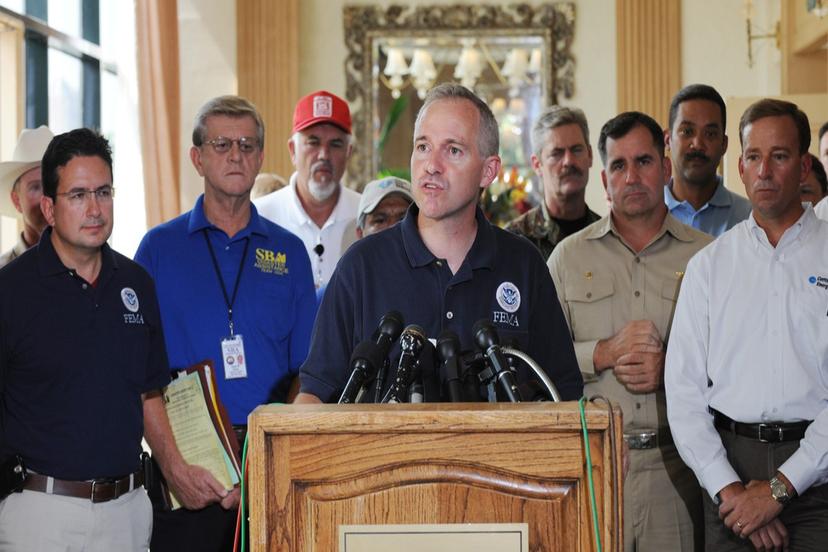Public Relations

Structure
The public relations industry consists of various structures: corporate agencies dedicated solely to providing public relations services, independent public relations firms, solo practitioners, and then there are public affairs and public relations departments (in-house) within corporations, government agencies, nonprofit organizations, and colleges and universities. A single designated distribution channel for public relations content does not exist; instead, PR professionals rely on all available media outlets to gather information as well as spread news on behalf of their clients. They work closely with journalists at television stations, magazines, newspapers, Web sites, and radio stations to pitch and place stories. They also gather information as part of their communications strategy for clients. Depending on the type of agency or specialty of the individual practitioner, public relations services may be offered in areas such as brand marketing, corporate positioning, corporate social responsibility, crisis management, digital marketing, opinion research, organizational communications, public affairs/government relations, as well as general public relations.
Public relations firms work for a range of clients, from corporations to nonprofit organizations to government agencies. They organize press events, create press releases, launch new products, and provide “damage control,” or crisis counseling, for corporate missteps or miscommunication. Corporate communications, also known as the “client side,” consists of media relations and investor relations. As the name suggests, media relations is concerned with relationships with media outlets, such as television stations and newspapers. Investor relations focus on relationships with the shareholders that have a financial stake or interest in the company, such as stockholders, financial analysts, and prospective investors. Senior executives who work in this area of public relations usually develop and maintain the overall corporate communications strategy. Another area of public relations is publicity, in which communications services are provided for a single individual such as a celebrity or author.
There are a variety of specialty areas in public relations and job titles vary depending on the specialty as well as the agency. In general, the key jobs are account executives, account coordinators, communications managers, campaign managers, press secretaries, crisis communications specialists, community managers and bloggers, and public affairs officers. Account coordinator is an entry-level position for most public relations firms. Coordinators support the account executive in maintaining client relationships, writing and following up on press releases, arranging press conferences, preparing reports, and other administrative tasks as well. Account executives are either generalists or work within a specific industry, carrying out various communications and research assignments. Account supervisors are the next level up, and they lead the account staff and direct the work of other offices. Communications managers and directors move up to become vice president, helping to manage the public relations firm and setting overall strategy. Vice presidents can become senior counselors, working on major assignments.
PR practitioners who specialize in certain industries form practice groups. These groups may focus on anything from community relations, employee relations, or crisis communications to government relations, health care, organizational communications, or cause-related marketing (CRM). An example of CRM is when each time a product or service is purchased a small donation is made to a nonprofit partner, consumers’ awareness of the cause is raised, and the company’s reputation for philanthropic action is also elevated.
Current trends in the industry, according to an Inc. article by an industry expert, continue to center on business outcomes, accountability, social media, measurement, and content strategies. Public relations professionals are turning their focus, for the companies they work for, away from self-promotion and more toward reaching audiences directly and increasing the opportunities for audiences and companies to connect. Greater importance is being placed on educating, engaging, and delivering value to audiences through quality content marketing. Key functions in today's public relations teams include thought leadership and personal branding. While steady pitching continues to be a large part of public relations, the quantity of pitches is no longer significant. Clients are "much more interested in receiving a published press mention than they are in hearing that you pitched 200 reporters with no results." Accountability is now top of mind for clients who want tangible results. Public relations professionals must now pay particular attention to creating distribution plans for content and audience engagement, and to measuring content performance to make sure the right media contacts and editors are being reached. Other trends in the industry include the growing importance of press mentions that are linkless, whereas fitting the link to the Web site into the content was previously of top concern; it's the quality of the content that is more valuable now.
Content curation and development will continue to be a focal point in the coming years. There is a deluge of new information posted on the Internet daily, making it impossible for any one person to consume it all daily. More people will be needed to “curate” and develop content—meaning to sift through online content that is relevant to particular topics, identify trends based on issues that are discussed online on a daily basis, create new points of view, and share the historical information that supports the new points of view.
